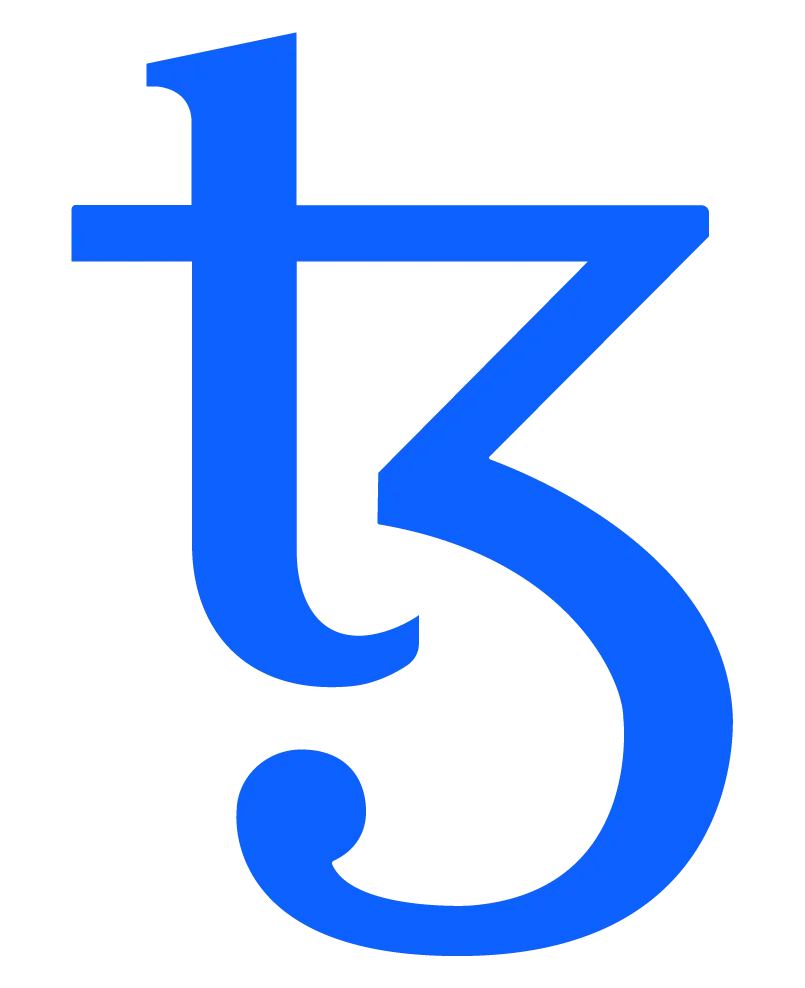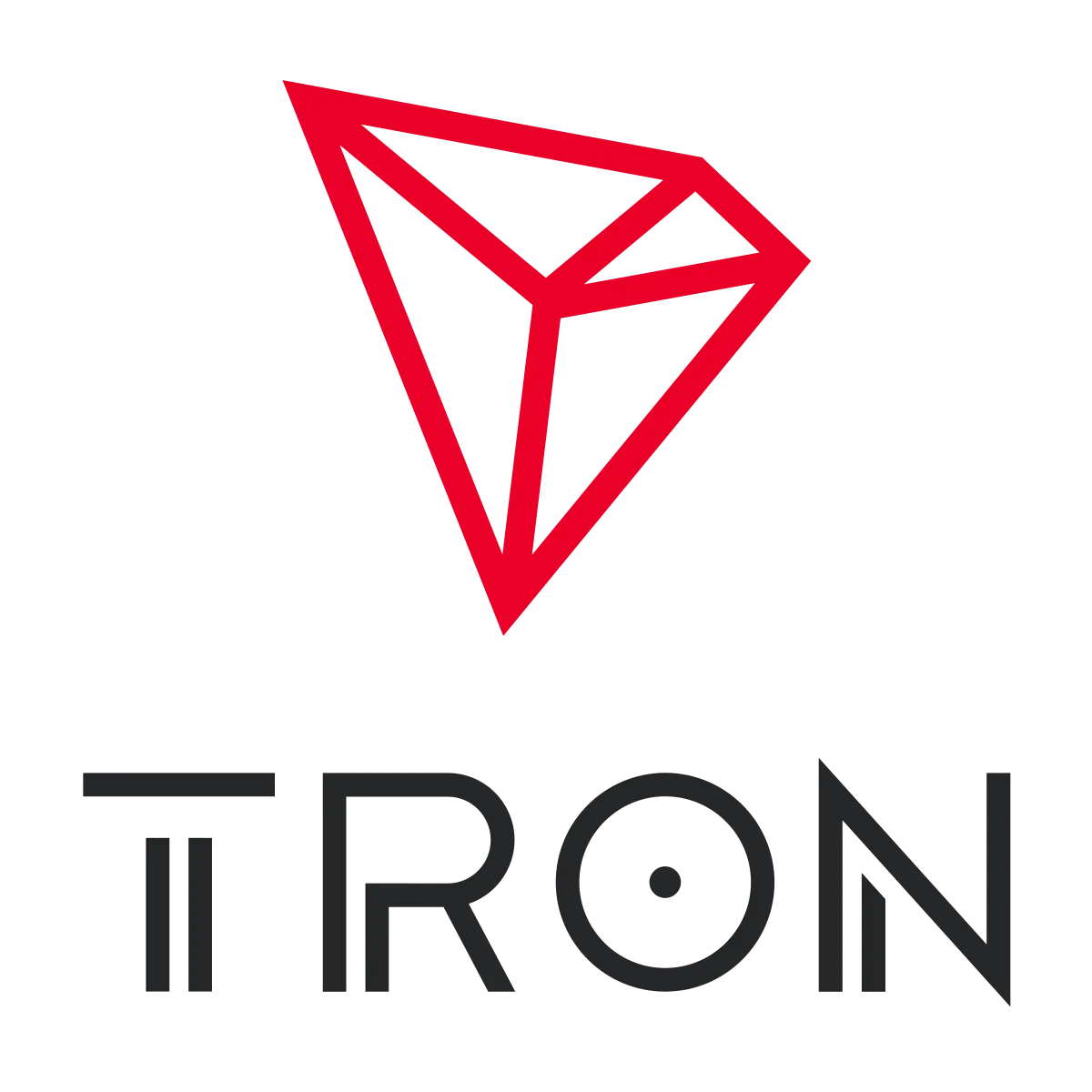- Services
- Blockchain
- Solutions
Exchange Development
Banking & Fintech
Wallet
Trading Bots
DEFI
NFT
Game Development
- Blog
- Company
- Get in Touch
We Offer End-to-End
Fourchain delivers cutting-edge blockchain development services, enabling businesses to secure their position in the blockchain market!
Our blockchain development services cater to a wide range of industries, providing innovative solutions that enhance efficiency and transparency.
Decentralized Finance (DeFi) revolutionizes traditional financial systems by enabling peer-to-peer transactions without middlemen, fostering greater financial inclusion. Our DeFi solutions encompass secure applications for lending, borrowing, and trading, to ensure fast and transparent transactions.
Decentralized exchanges (DEX) facilitate the trading of cryptocurrencies directly between users, eliminating the need for a central authority. We develop DEX platforms that prioritize security, privacy, and user control over funds while providing seamless trading experiences.
We also develop crypto trading bots that make use of advanced algorithms to automate trading strategies in cryptocurrency markets, optimizing transaction timing and profitability. These bots operate 24/7, allowing users to take advantage of market fluctuations without continuous monitoring.
Blockchain bridges enable compatibility between different blockchain networks, allowing seamless asset transfers and communication. Our bridge solutions enhance liquidity and expand the usability of digital assets across multiple platforms.
Our custodian solutions provide secure storage and management of digital assets for institutional investors. We implement advanced security measures to protect assets while ensuring compliance with regulatory standards.
We develop enterprise-rich blockchain solutions that streamline operations, enhance transparency, and improve data integrity across various business processes.
GameFi merges gaming with decentralized finance , allowing players to earn rewards through gameplay while engaging in financial activities. Our GameFi solutions offer an immersive gaming experience by integrating blockchain technology.
In the healthcare sector, our blockchain solutions enhance data security among healthcare providers. We focus on creating systems that ensure patient privacy while facilitating the secure sharing of medical records.
Our blockchain-based supply chain management solutions increase transparency and traceability throughout the supply chain. By providing real-time data access, we help businesses optimize operations and eliminate fraud.
We empower retailers with blockchain technology to enhance customer trust through transparent product sourcing and authenticity verification. Our retail solutions streamline transactions and improve inventory management using decentralized systems.

Unlock the potential of decentralized technology with our expert blockchain development services, tailored to leverage various consensus mechanisms for secure and efficient solutions.

Proof of Work requires miners to solve complex mathematical problems to validate transactions and create new blocks. This method secures the network but consumes significant energy resources due to its computational intensity.

In Proof of Stake, validators are chosen based on the number of coins they hold and are willing to stake as collateral. This method is more energy-efficient than PoW since it does not require extensive computational power for validation.

Proof of Authority relies on a limited number of trusted nodes who have the authority to validate transactions. This model enhances speed and efficiency but sacrifices some decentralization compared to PoW or PoS systems.

Proof of Capacity allows miners to use their hard drive space instead of computational power for mining new blocks. This method is more environmentally friendly as it reduces energy consumption while still maintaining network security.

Proof of Burn involves burning coins by sending them to an irretrievable address as a way to gain mining rights or influence over the network. This method demonstrates commitment by sacrificing resources for potential rewards in the future.
Specialized In Offering
Empower the future of finance with cutting-edge blockchain development services tailored for the crypto and fintech industries.


We develop both centralized exchanges (CEX) for streamlined trading experiences and decentralized exchanges (DEX) for providing users with full control over their assets without intermediaries. Our cryptocurrency exchange development services focus on security, compliance, and user experience for all trading environments.

Our NFT marketplace development services allow artists and creators to mint, sell, or auction their digital assets securely. We provide customizable features that enhance user engagement while ensuring transparent transactions through smart contracts.

Our crypto wallet development focuses on creating secure storage solutions for digital assets with user-friendly interfaces. We integrate advanced security measures such as multi-signature authentication and biometric access for enhanced protection.

We offer blockchain game development services that utilize blockchain technology for transparent ownership of in-game assets through NFTs. Our platforms promote player engagement while fostering new economic models within gaming ecosystems.

Our crypto payment gateway development service facilitate seamless transactions between traditional currencies and cryptocurrencies. We provide businesses with flexible payment options for their customers while still complying with regulatory standards.

We provide advanced Neobanking app development services that combine traditional banking services with cryptocurrency functionalities. This includes features like crypto loans, interest-earning accounts, and seamless fiat-to-crypto conversions for enhanced financial flexibility.
Technology Stack we used for
We integrate innovative and modernized technologies that help us stand out in the crowded marketplace. Take a look at the list of technologies we utilize for blockchain development!
Technology Stack we used for
We integrate innovative and modernized technologies that help us stand out in the crowded marketplace. Take a look at the list of technologies we utilize for blockchain development!



































Benefits of Investing in
Investing in blockchain development comes with numerous benefits, including enhanced security, improved transparency, and efficiency, thus making your business the forerunner of innovation.
The decentralized structure eliminates any points of failure, enhancing system resilience against attacks or outages while promoting equal participation among users.
Blockchain employs advanced cryptographic techniques that enhance data security while allowing users to have greater control over their personal information.
By automating processes through smart contracts and eliminating intermediaries, blockchain reduces operational costs significantly across various business functions.
Transactions on a blockchain can be processed quickly without delays associated with traditional banking systems or third-party verification processes.
Blockchain provides real-time visibility into transaction histories while ensuring the traceability of assets throughout their lifetime for enhanced accountability.
Users maintain control over their data stored on the blockchain rather than relying on centralized authorities or third parties for management or access.
Discover our streamlined blockchain development process, designed to deliver innovative solutions with efficiency and security.
We begin by conducting a thorough analysis of client requirements to understand their specific needs and project goals clearly. This step ensures alignment between the expectations of the clients and the project delivered from our side.
Our team conducts thorough research into market trends, competitor analysis, and technological feasibility during this phase to create a comprehensive project plan tailored to client objectives.
We design a robust architecture that outlines system components including consensus mechanisms, data storage solutions, user interfaces (UI), and transaction flows for maximum performance.
Our developers create secure smart contracts specially designed according to the client's requirements using outstanding programming languages while adhering strictly to best practices throughout the development cycle.
Complete testing is conducted at multiple stages to ensure all functionalities work as intended before deployment. This minimizes vulnerabilities post-launch!
Once testing is completed successfully, we proceed with deploying the solution onto a live environment where it becomes accessible to end-users, enabling them to enjoy benefits immediately after launch.
Post-launch support includes ongoing maintenance which addresses issues and regular updates to ensure optimal performance and keep clients satisfied.

Get answers to your queries here!
Drop us a line through the form below and we'll get back to you as soon as possible